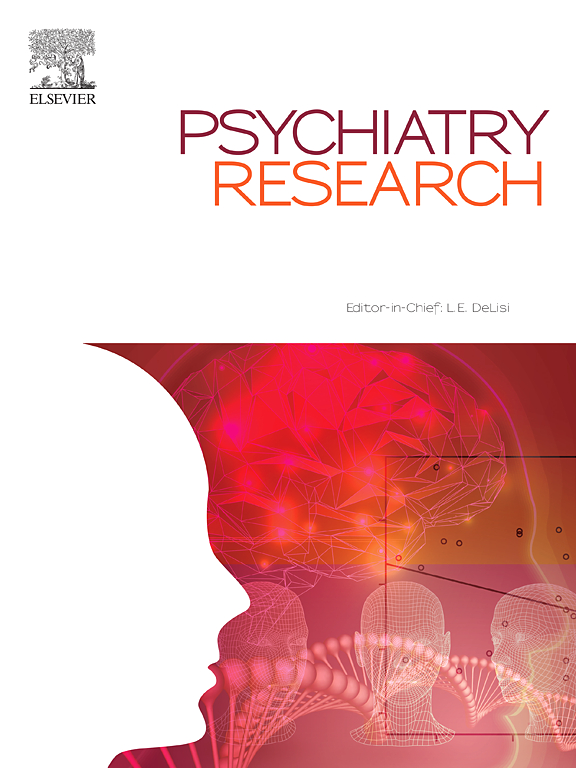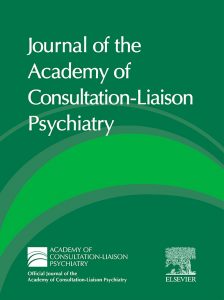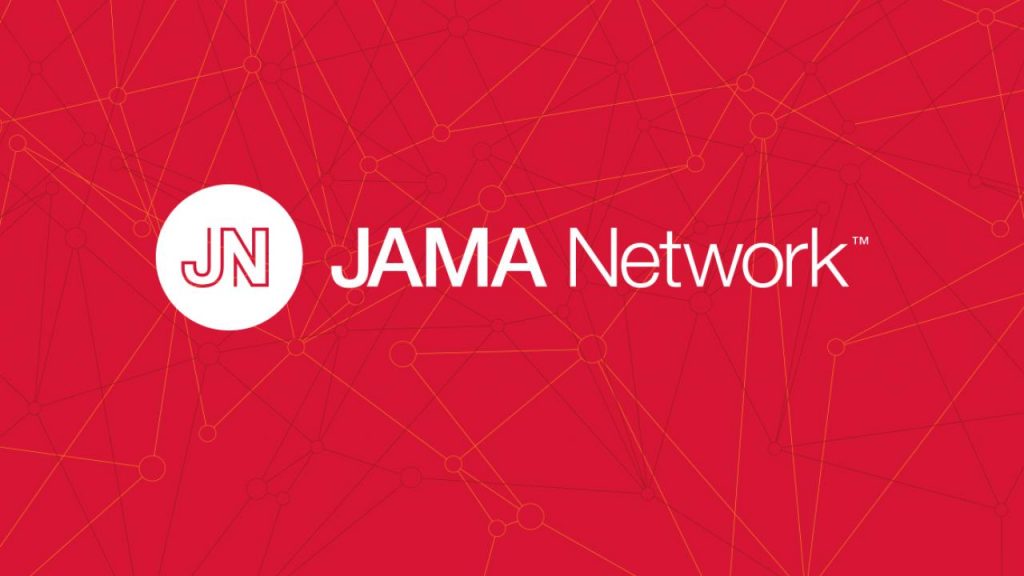Authors: Marianne Côté-Olijnyk, et al.
Abstract: The number of forcibly displaced people has more than doubled over the past decade. Many people fleeing are left in limbo without a secure pathway to citizenship or residency.
This review reports the prevalence of mental disorders in migrants living in limbo, the association between limbo and mental illness, and the experiences of these migrants in high-income countries.
The authors searched electronic databases for quantitative and qualitative studies published after January 1, 2010, on mental illness in precarious migrants living in high-income countries and performed a meta-analysis of prevalence rates.
Fifty-eight articles met inclusion criteria. The meta-analysis yielded prevalence rates of 43% for anxiety disorders; 49.5% for depression; and 40.8% for posttraumatic stress disorder.
Having an insecure status was associated with higher rates of mental illness in most studies comparing migrants in limbo to those with secure status.
Six themes emerged from the qualitative synthesis: the threat of deportation, uncertainty, social exclusion, stigmatization, social connection, and religion.
“Clinicians should take an ecosocial approach to care that attends to stressors and symptoms,” say the authors. “Furthermore, policymakers can mitigate the development of mental disorders among migrants by adopting policies that ensure rapid pathways to protected status.”
Rates for PTSD, depression, and anxiety disorders were higher than hitherto reported rates among refugees.
The number of forcibly displaced migrants reached 108 million in 2022, having doubled over the last 10 years, according to United Nations High Commissioner for Refugees. The number of asylum applications increased to 16.2 million over the last decade. In addition, 10 to 15 per cent of 214 million international migrants are undocumented.
Forced displacement occurs when individuals are forced to leave their home as a result of armed conflict, organized violence, human rights violations, or disasters. Asylum seekers are individuals seeking protection in a new country whose bid for refuge has not yet been adjudicated. In contrast, a refugee is someone who has been granted international protection according to Article 1 of the Geneva Convention.
Some migrants may also be characterized as undocumented or irregular when they lack official legal status in a country. This may occur after a failed refugee claim, overstaying a visa, or a myriad of other reasons.
“Many migrants live in a state of protracted uncertainty because of the impermanence of their immigration status and the threat of deportation,” say the authors.
Importance: Previous systematic reviews have examined the prevalence of mental illness in asylum seekers and refugees combined, sometimes also including internally displaced persons. While these studies have produced important data on the mental health of forced migrants, they often fail to discriminate between legal categories of migrants. Thus, some have argued that future research should look at data according to migration status, as this study does, to ascertain the impact of specific psychosocial and legal circumstance.
Limbo in high-income countries appears to deprive migrants their sense of safety, likely exacerbating past trauma or other forms of social exclusion that determine mental health. While clinicians cannot change the pre-migratory experiences of displaced people, they should advocate for conditions that provide greater security in the host country, say the authors.
And they add: “We should not forget that limbo is produced rather than inevitable.”
Availability: Published by Psychiatry Research.






